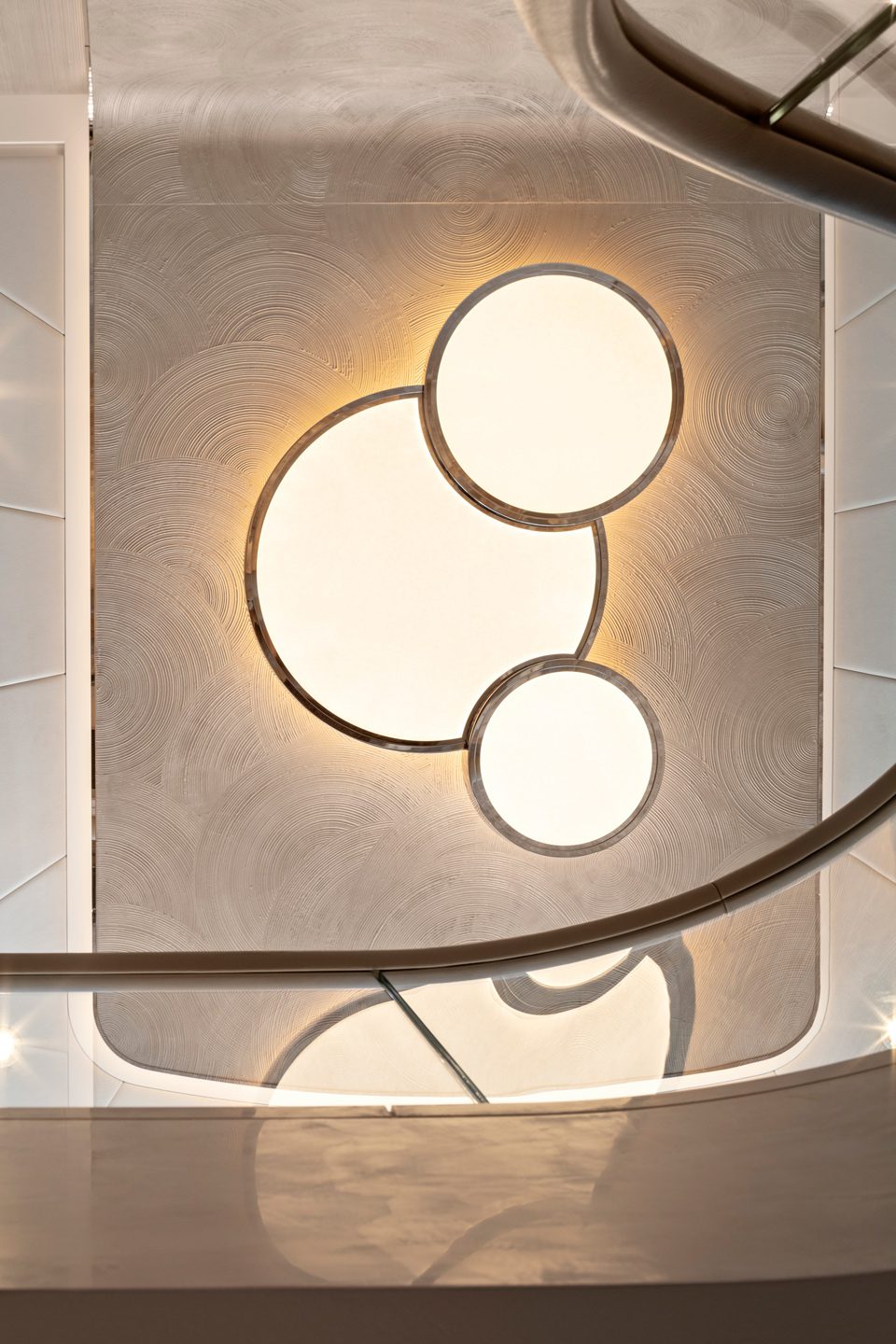Venetian plaster has seen a huge surge in popularity recently, now a trending term amongst designers, celebrities and interiors-lovers alike. Known for its opalescent finish and multi-tonal depth, it’s a great way to add warmth to modern, minimalist dwellings. But many, many centuries prior to being used in some of the world’s most-stylish homes, Venetian plaster coated the far more modest houses of the ancient world. So, where did its modern renaissance come from?
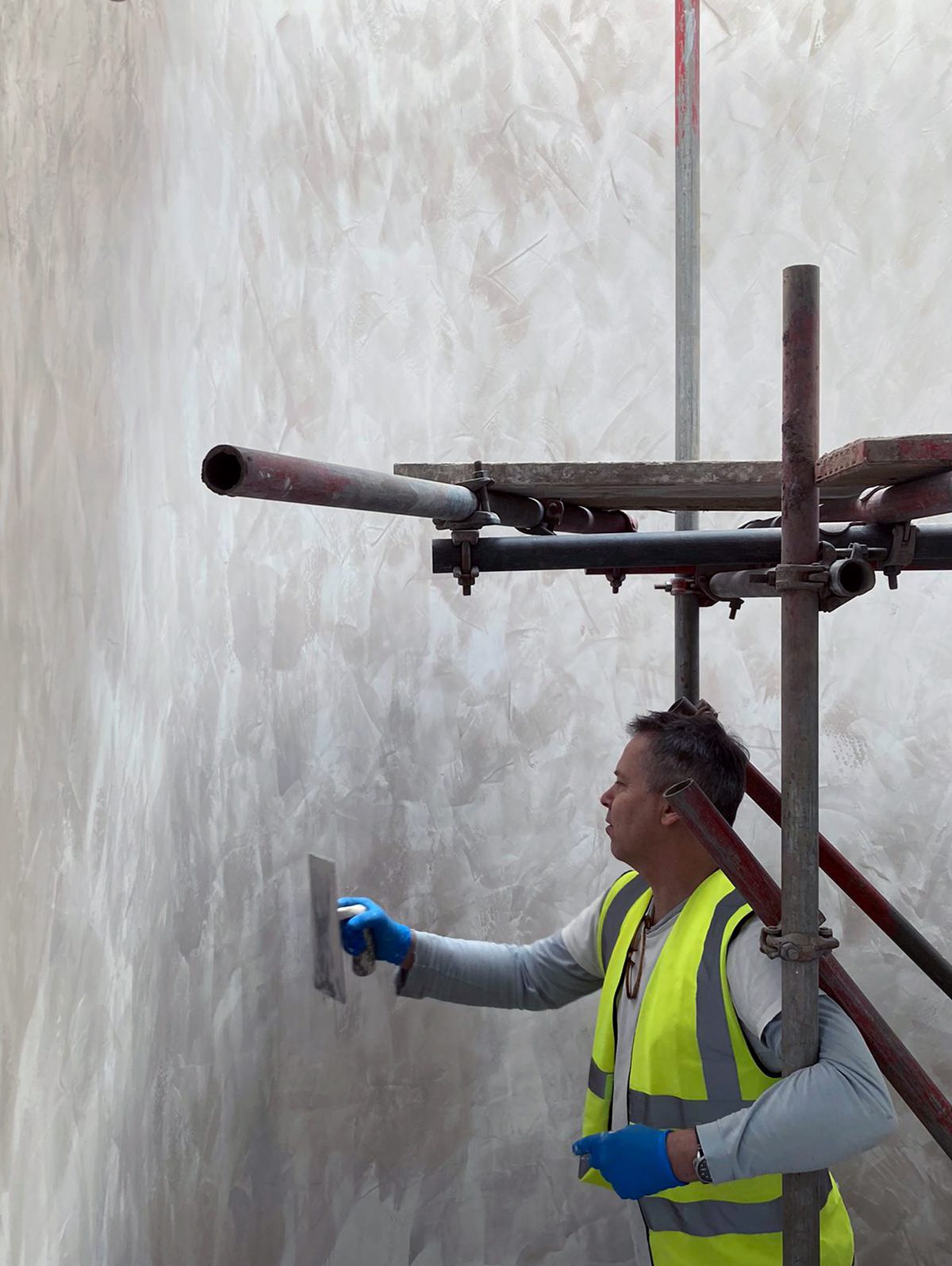
The History and Artistry of Venetian Plaster
First off, what is Venetian plaster? Put simply, it’s a natural material combining limestone and water that can be applied to various surfaces – usually walls. It’s known for an earthy, light-reflecting finish that gives it a subtle sheen. You might be surprised, given its name, that its roots actually lie in the Roman Empire. So, why call it Venetian? During the 15th century, it was the craftsmen of Venice that refined the technique – so, as it grew in popularity across the rest of Europe, it adopted the name as homage to its Venetian masters.
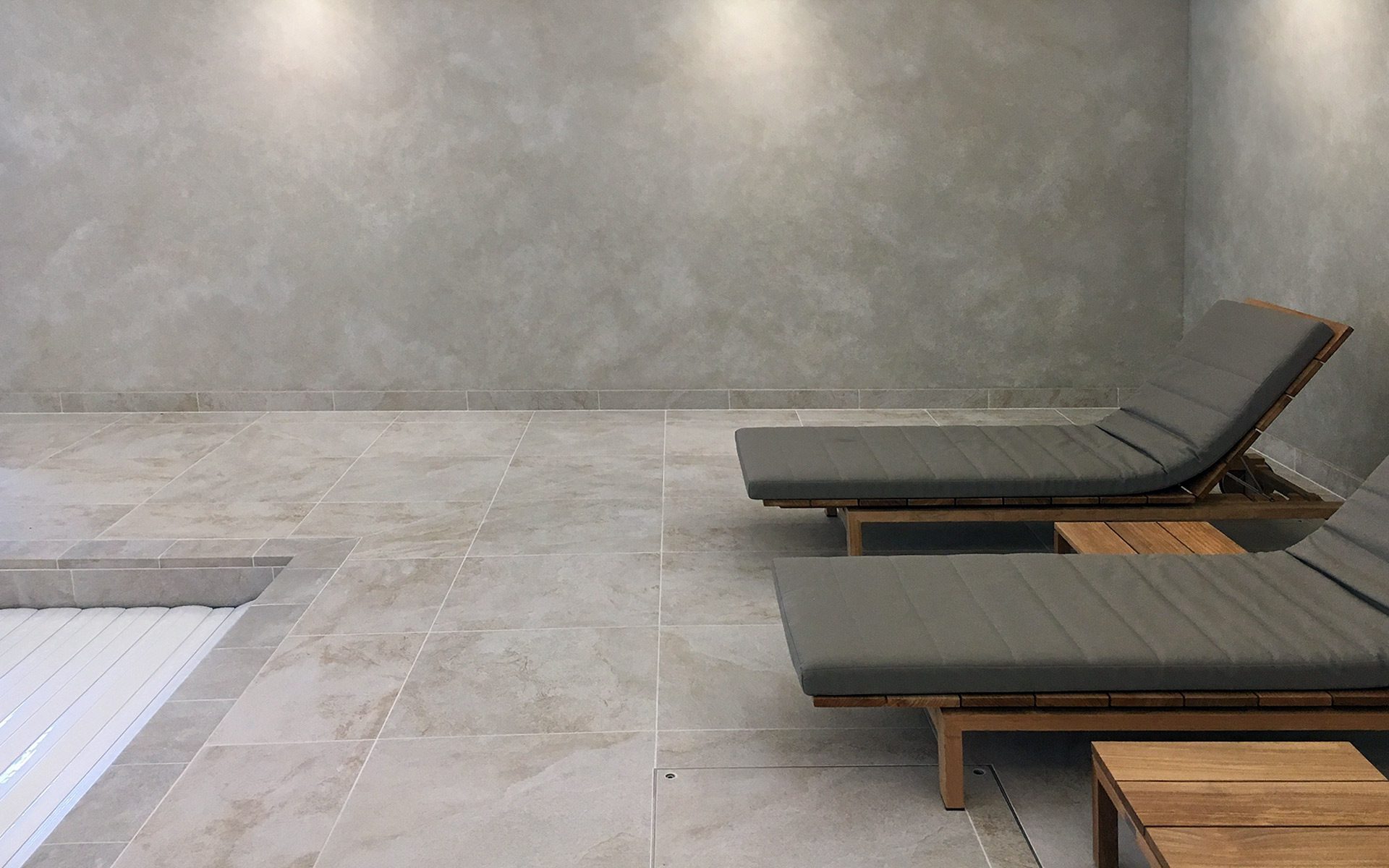
Like many ancient crafts, Venetian plaster fell out of favour for a few reasons in the 20th century, from the devaluing of artisanal skills to the increasing costs of labour. But, just like many of its peers, from bas-relief to gold leaf, it has been brought back to life in recent decades. Since the 1980s, groups of young craftspeople have started to relearn these traditional skills, and consumers are gaining a new appreciation for natural materials. Couple that with advances in lime-based plaster making it much easier to handle, and you can see why it has burst back onto the scene in a big way.
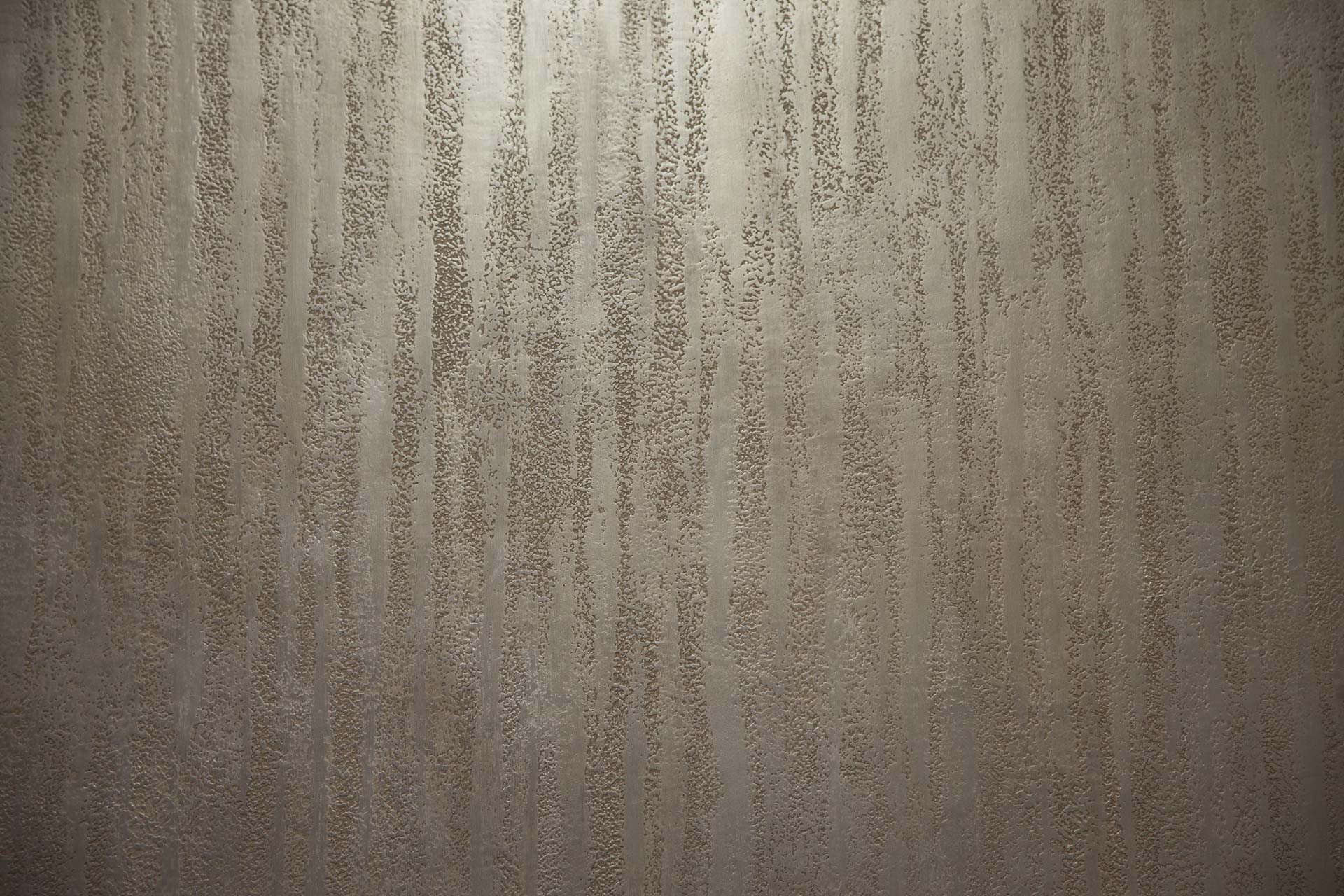
And if you need proof of its increasing popularity? In 2021, Pinterest reported searches for Venetian plaster had tripled. The technique has even started to overtake things like paint and wallpaper for designers like Erick Garcia, who told Vogue in 2021 that his California-based design studio is now using Venetian plaster “in the majority of [its] projects.”
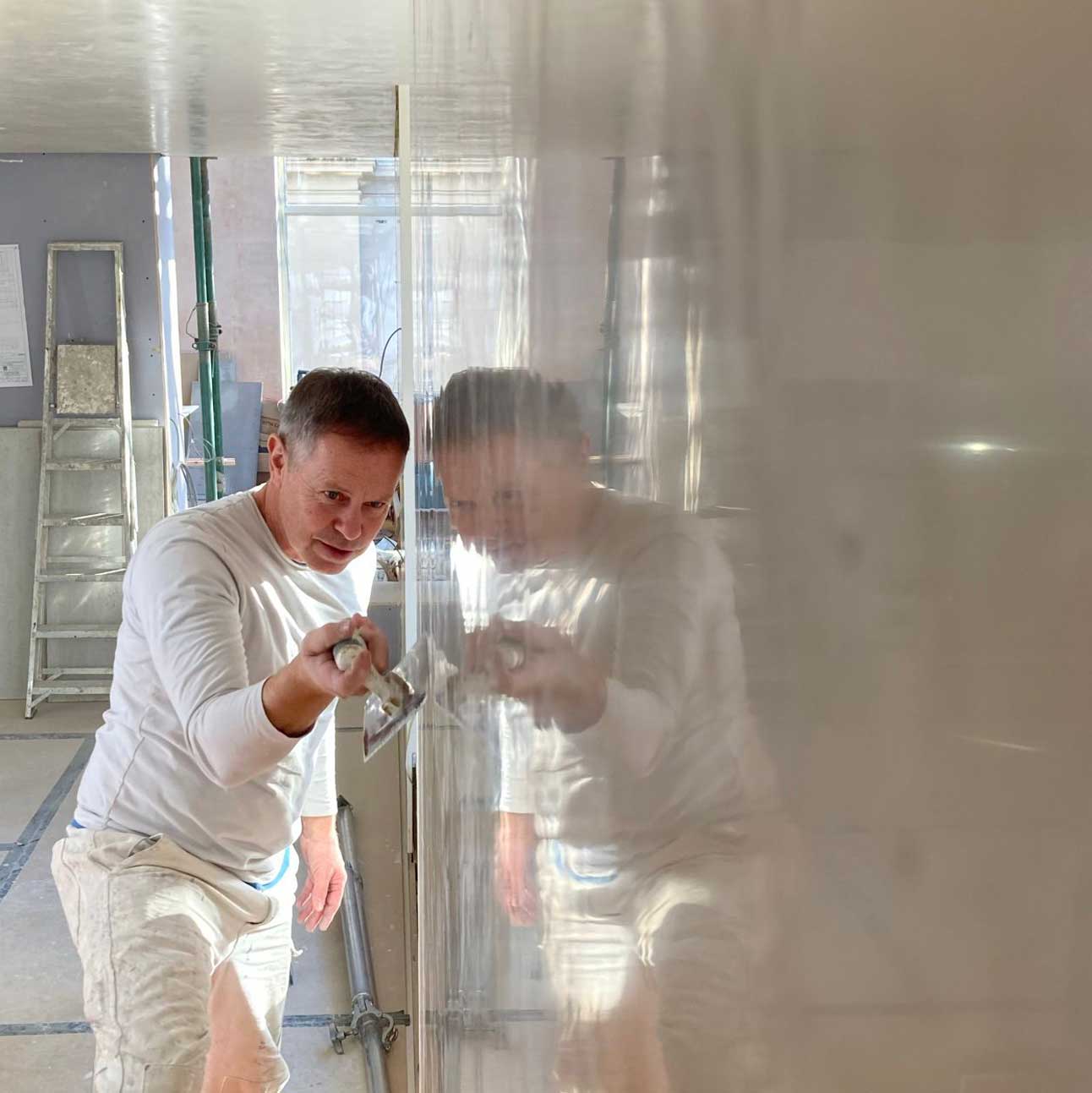
Advantages of Venetian Plaster Over Traditional Paint
Although in reality it’s sometimes only a couple of millimetres thick, plaster has an integrity that paint lacks. The modern advancements in lime plaster also make the material much easier to repair; gone are the days of painstakingly replastering an entire wall because of a single blemish. Nowadays, it’s easy to patch up a specific area and blend it into the rest of the wall – and even remove smaller scuffs with nothing more than a damp cloth. In many cases, this makes plaster just as low-maintenance as paint or wallpaper.
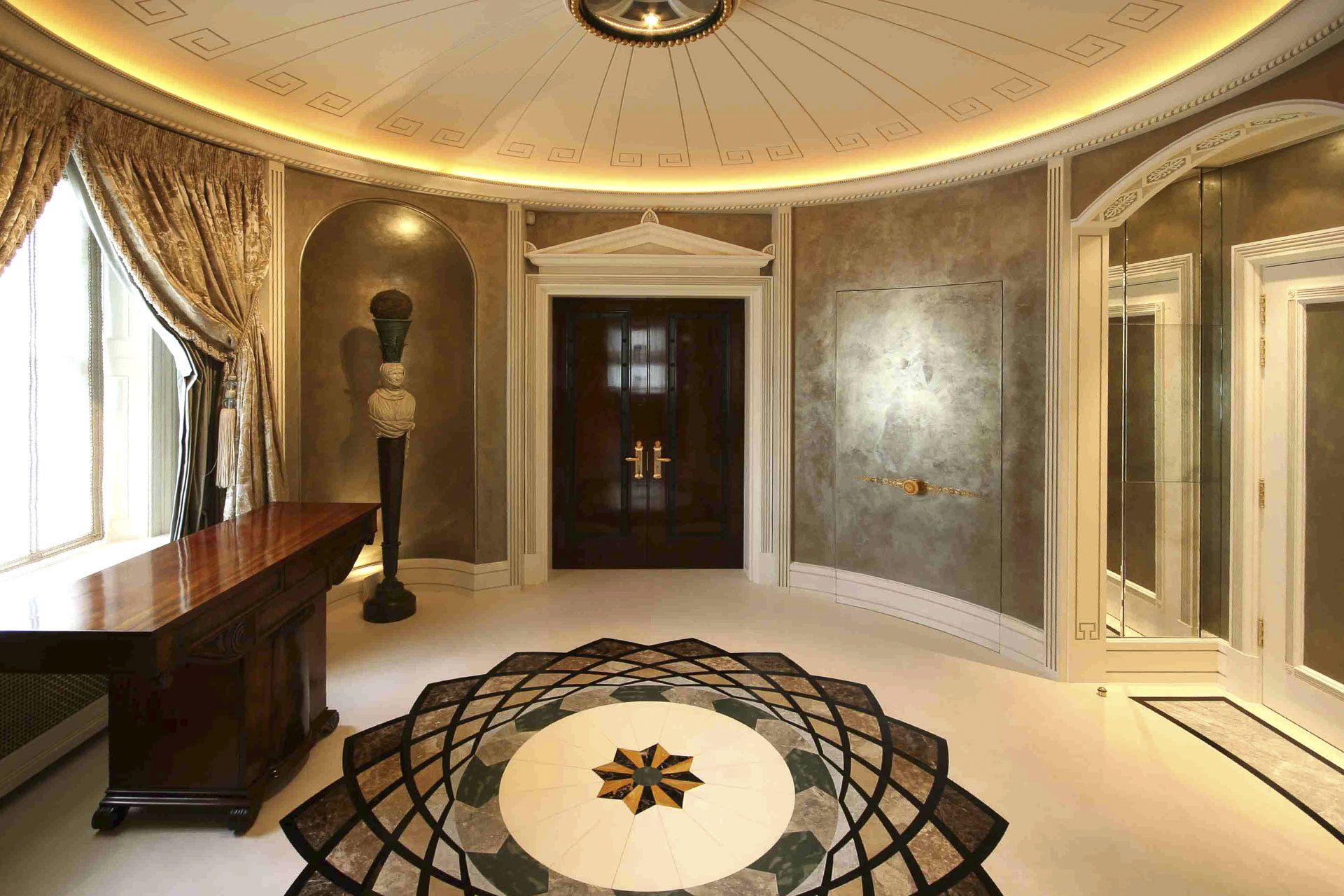
These perks have certainly boosted plaster’s popularity with architects – but there are plenty of benefits for those living in the homes, too. For starters, Venetian plaster is a natural material, meaning it’s completely free from plastics and chemicals. It’s also naturally mould-resistant, which helps to boost your home’s air quality, and is exceptionally durable; it’ll outlive paint and papers by decades – so no need to get the brushes back out within a couple of years. In fact, lime plasters are often referred to as “lifetime finishes” thanks to the rich patina they’ll develop as they age. The natural material is also a great way to blur the lines between indoors and out – something that residential spaces have called on more and more since the pandemic.
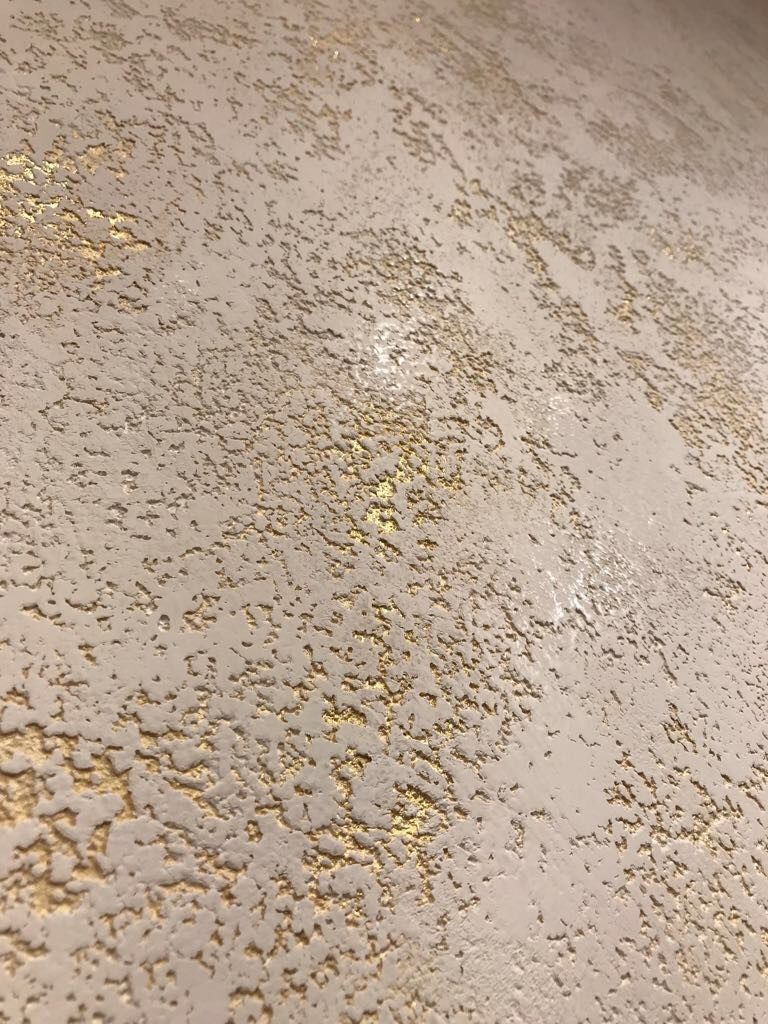
Venetian Plaster Color Palette and Customization
Here at DKT, we began working with Venetian plaster in the 1980s. We’re now able to offer an extensive range of colours to suit each individual project, whether you want shades that complement the existing colours in your space, or something that matches them perfectly.
How do we do this? By using a mix of the pigments within the plaster, and, when suitable, a translucent pearl glaze. When it comes to finding out which finish is right for you and your space, we’ll usually ask you for a moodboard composed of fabrics and other finishes. That way, we can produce something that brings those different elements together harmoniously.
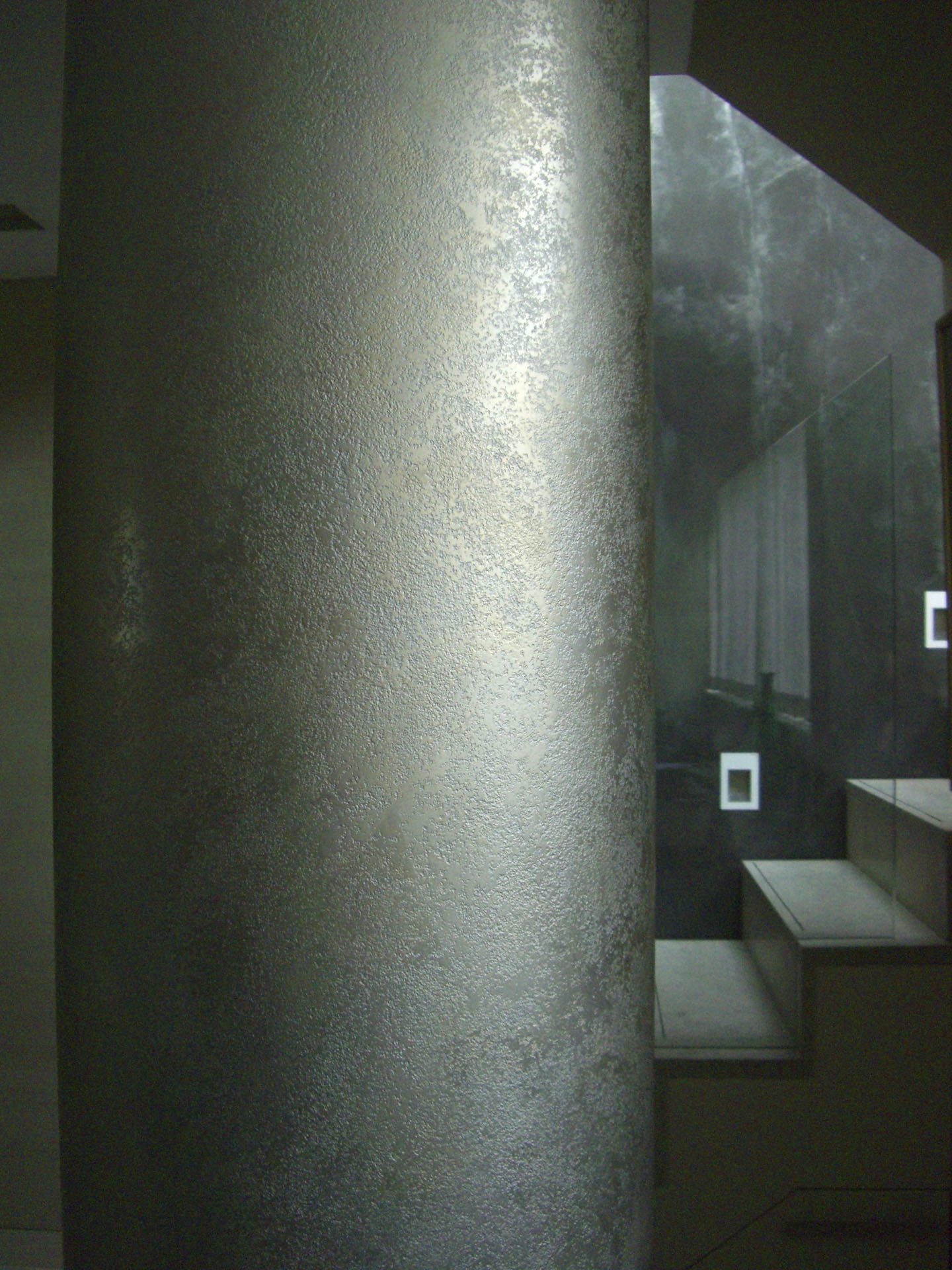
Venetian Plaster Walls for High-End Renovations
When it comes to the world of high-end homes and luxury hotels, Venetian plaster still wins out against paint and wallpaper. It’s impossible for paint, regardless of the quality, to replicate the special lustre created by lime-based plasters, particularly if they’re soaped, which gives the texture an added softness alongside its natural radiance.
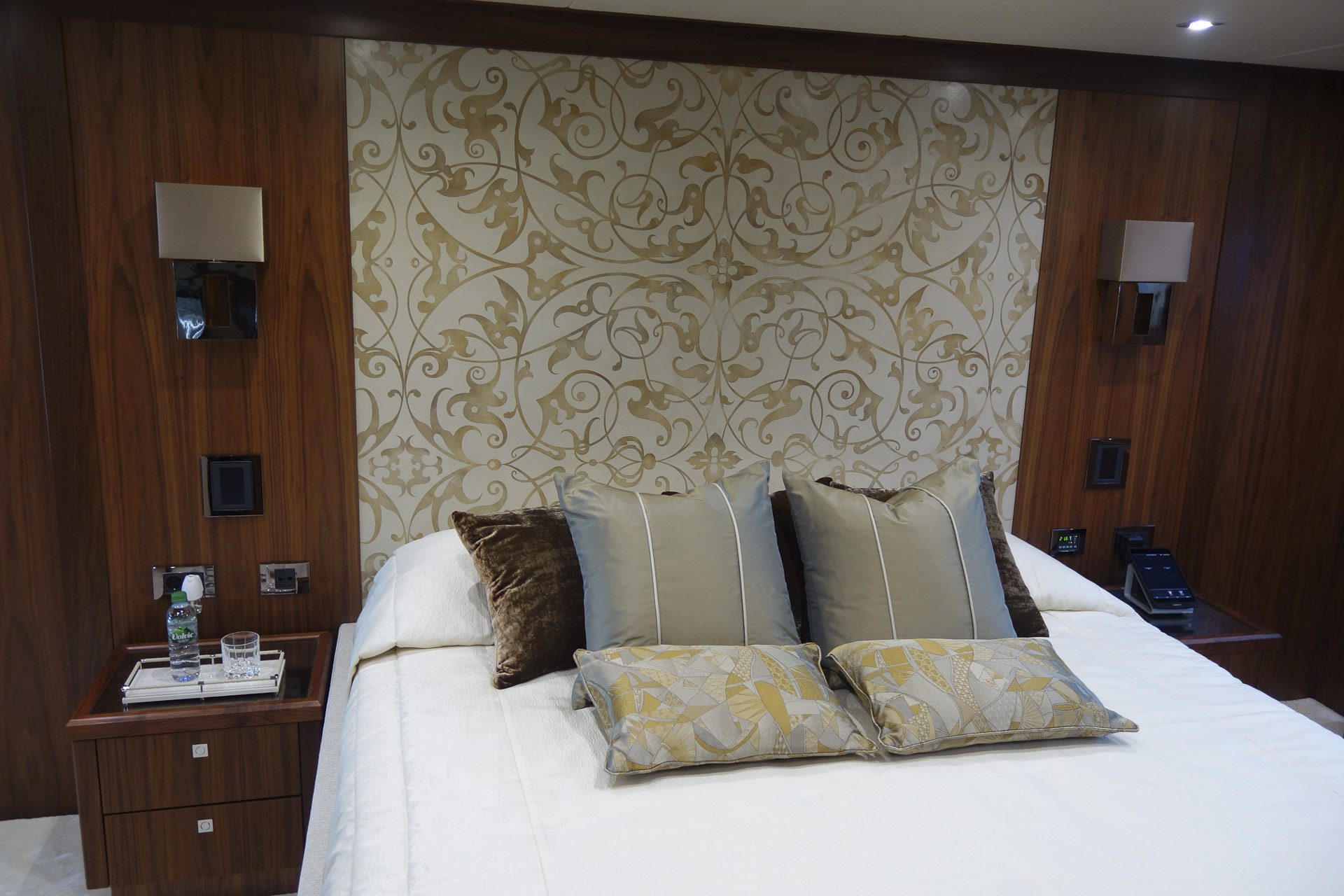
It’s also noted from several prominent designers that the simple finish of this natural material allows us to bring warmth to modern, minimalist spaces that otherwise risk feeling cold. It has even been described as “soulful”, thanks to the obvious brushstrokes and light-reflecting finish bringing life into plain walls that can sometimes feel stark.
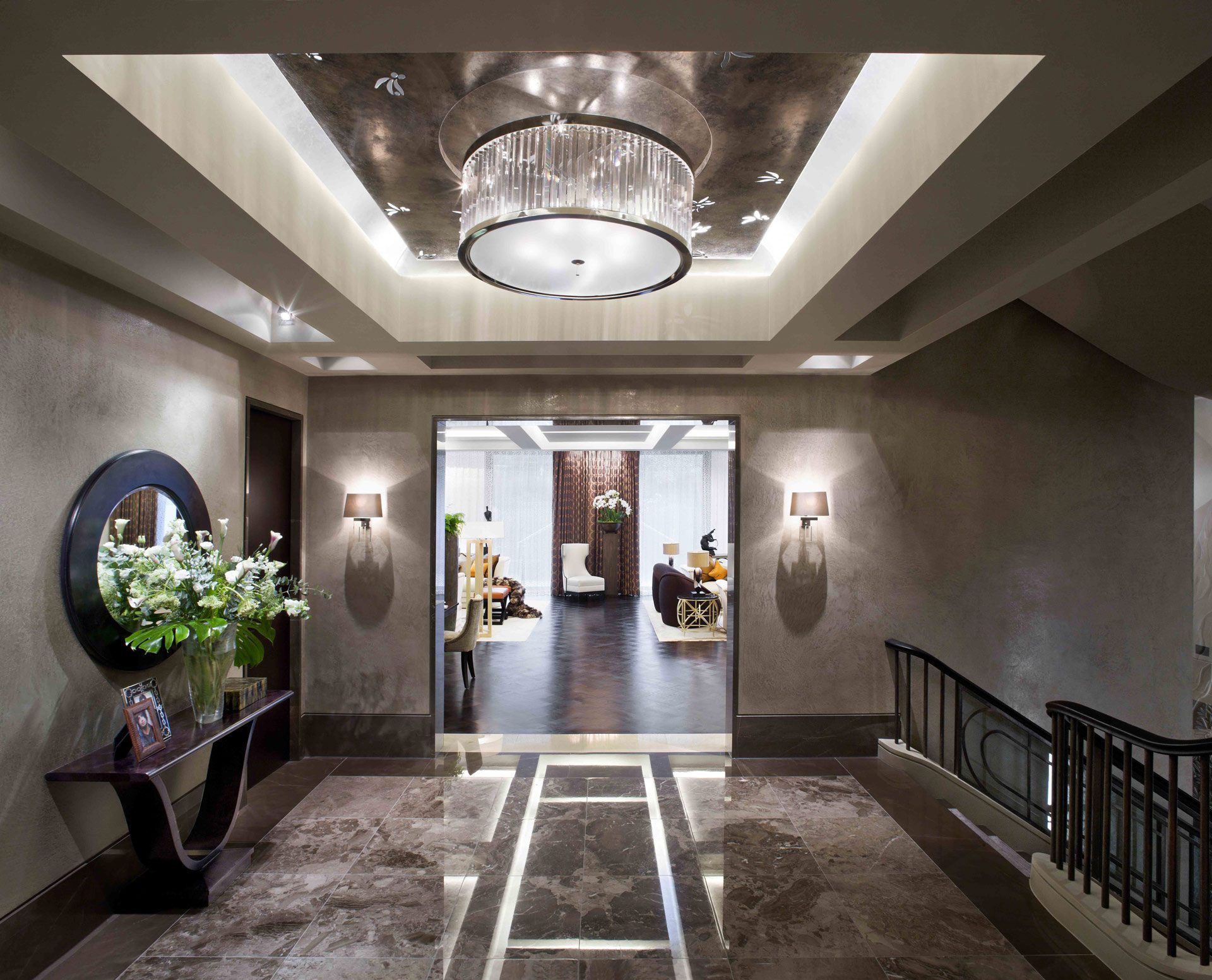
Our Own Inspiring Projects Featuring Venetian Plaster
At DKT, we come from a background of decorative artists. So, since we first started working with Venetian plaster, we’ve viewed it as a type of artwork. We’ve always been obsessed with the smallest of details – right down to the neatness of the edges. We’ve been involved in an extensive area of projects, from residential spaces to luxury superyachts and high-end hospitality venues, like Oxford’s The Randolph Hotel.
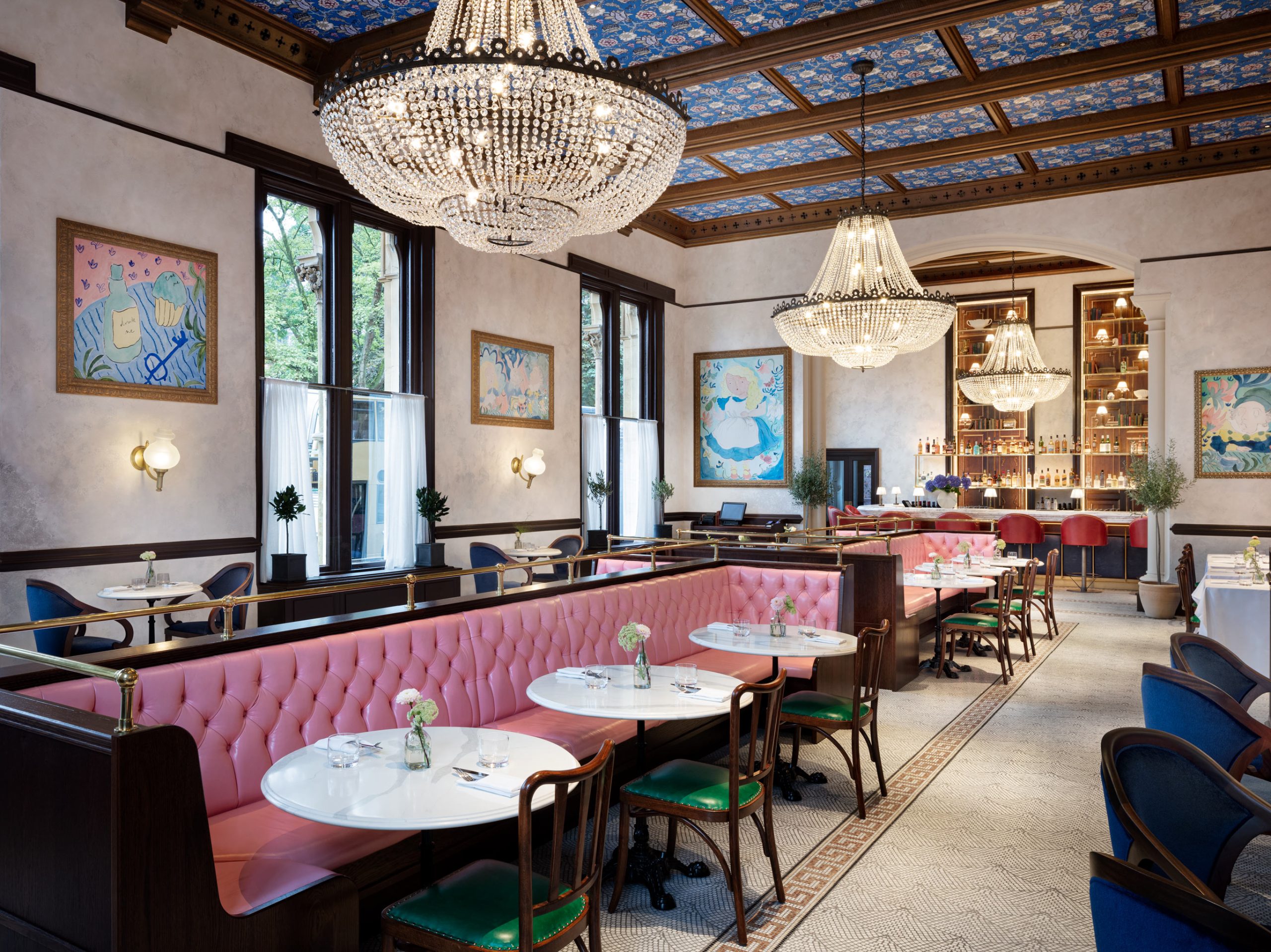
Venetian plaster is accessible far beyond the boundaries of grand, luxurious settings, though. It is inherently versatile, making it easy to adapt to different styles and locations – and we’re always happy to guide you in finding the right placement. Our expert team is trained in applying Venetian plaster to pre-cut panels, too – a flexibility that lets us produce works either in our studio or directly on site. Want to discuss the transformative potential of this technique for your own project? Get in touch with us.
